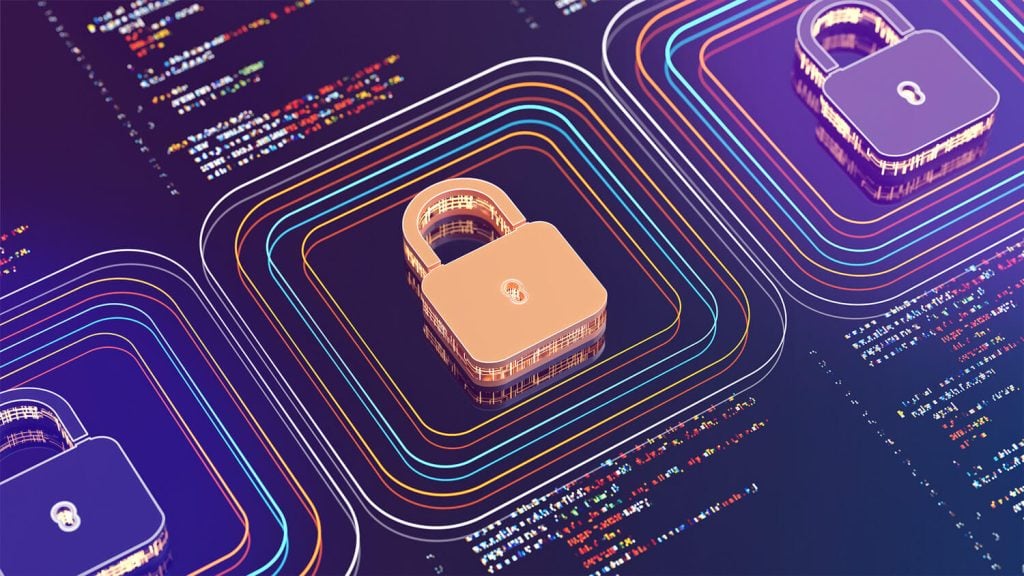In today’s cross-device, multi-platform world, delivering video content securely is more complex than ever. Content creators, streaming platforms, and EdTech businesses face a constant challenge: how to protect premium videos from piracy while ensuring smooth playback across browsers, operating systems, and devices. This is where Multi DRM and open source media players come into play.
While open source media player offer flexibility and customizability, Multi DRM ensures that the content played on these players remains secure. Together, they form a powerful combination for secure and scalable video delivery.
What is Multi DRM?
Multi DRM (Multi Digital Rights Management) refers to the implementation of multiple DRM technologies—like Google Widevine, Apple FairPlay, and Microsoft PlayReady – to protect video content across different platforms and devices.
Each browser and operating system supports different DRM systems:
- Chrome and Android use Widevine
- Safari and iOS use FairPlay
- Edge and Windows prefer PlayReady
A multi drm system automatically detects the user’s device and delivers the correct DRM license, ensuring that content is securely decrypted and played – no matter the platform.
Without Multi DRM, video playback can be blocked or left vulnerable on unsupported platforms. With it, you maintain both accessibility and protection across your entire user base.
Why Open Source Media Players Are Popular
An open source media player is a video playback framework whose source code is freely available for use and customization. These players are widely used in custom platforms, apps, and LMS websites because they offer:
- Customization: You can control UI, branding, playback behavior, and features.
- Extensibility: Developers can add plugins for captions, ads, analytics, or custom controls.
- Cost Efficiency: No licensing fees or restrictions on usage.
- Community Support: Large developer communities provide frequent updates and enhancements.
Popular open source players include video.js, Shaka Player, and hls.js. These players can be tailored to integrate seamlessly with websites, mobile apps, or OTT platforms.
The Challenge: DRM with Open Source Players
Open source players are powerful, but out-of-the-box they often lack built-in support for DRM. And when video content – such as paid courses, premium films, or training modules, needs protection, simple HTML5 video or open playback can leave it exposed to:
- Download tools and browser extensions
- Screen recording on unsecured devices
- Unauthorized link sharing or embedding
To secure playback, these players need to be integrated with Multi DRM services that enforce access rules and decrypt videos only for authorized users.
How Multi DRM Works with Open Source Media Players
Here’s how the integration typically works:
- Video is encrypted before delivery using DRM-compatible packaging (e.g., MPEG-DASH or HLS with encryption keys).
- User requests playback via an open source player embedded in the LMS or app.
- The player requests a DRM license from the Multi DRM license server.
- The license server checks user permissions (login, token, domain, etc.) and delivers the appropriate key.
- The player decrypts and plays the video securely, without storing it locally.
This seamless process ensures that only verified users on supported devices can access the content – blocking download attempts and preventing unauthorized playback.
Platforms like VdoCipher enable this process by providing pre-integrated Multi DRM WITH popular open source players, offering secure playback without complex setup.
Benefits of Using Multi DRM with Open Source Players
Combining Multi DRM and open source media players offers the best of both worlds:
- Cross-device compatibility with Chrome, Safari, Firefox, iOS, Android, and more
- Flexible customization of the player look, feel, and features
- DRM license control to prevent piracy and enforce playback restrictions
- Token-based access for LMS and membership site integrations
- Smooth, adaptive playback with encrypted streaming formats like HLS and DASH
Ideal Use Cases
This combination is ideal for:
- EdTech platforms delivering paid courses through custom LMS websites
- OTT platforms needing full branding control and secure playback
- Enterprise training systems requiring device-locked, role-based video access
- Media publishers distributing licensed video content globally
If you’re building a secure, scalable video platform that requires both flexibility and content protection, the synergy of Multi DRM and open source media players is unmatched. You get the freedom to design your player experience and the confidence that your videos are safe from piracy.




